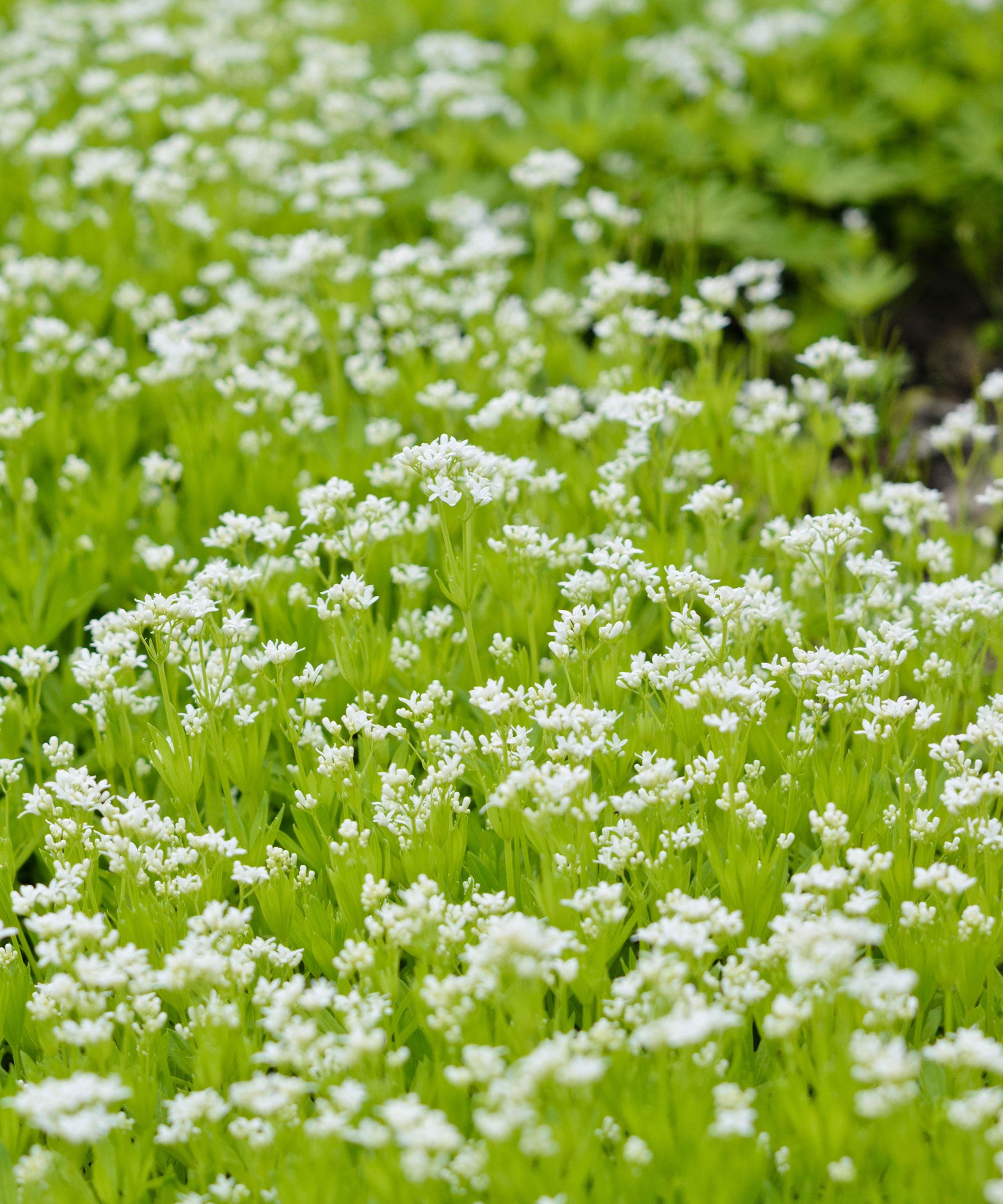
Ground cover plants are an easy and effective way to fill bare patches of earth in your yard. Whether you are dealing with a tricky slope or a shady spot under a large tree, ground cover plants provide year-round interest with minimal effort.
As a former professional gardener, I have cared for numerous different ground cover species in gardens where I have worked. Not only do they look good, but they are also practical, binding the soil with strong root systems to prevent heat and water erosion.
Fortunately for us, some of the easiest ground cover plants are also the prettiest, meaning that practical yards can also be beautiful. Here, I reveal five low-growing species that thrive in a range of conditions with very little maintenance.
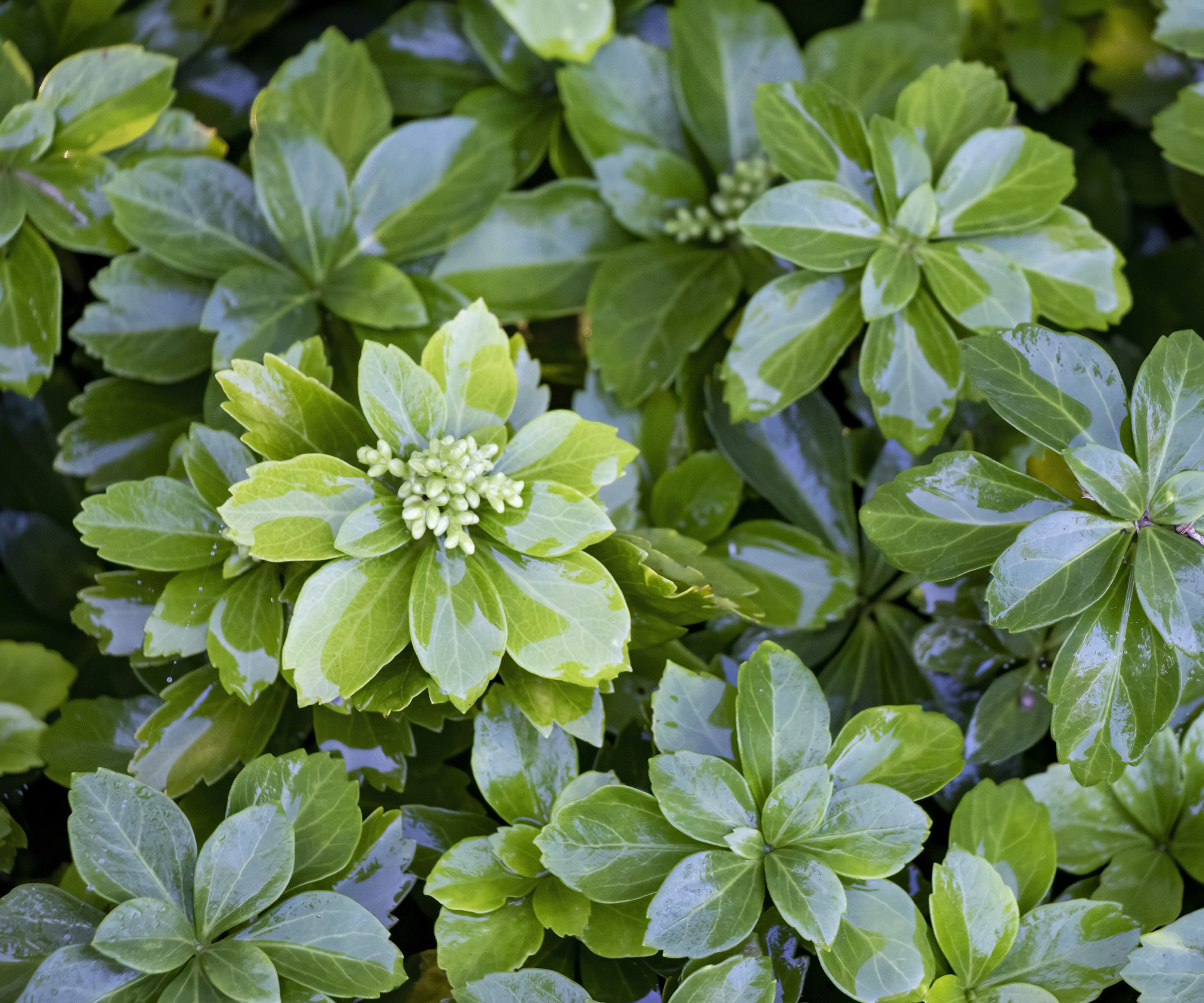
5 of the easiest ground cover plants
You should always choose plants that are recommended for your soil, climate and US hardiness zone. Planting species that are unsuited to local conditions because you like the look of them will only ever result in disappointment. It is also important to remember that many of these easy-to-grow options are vigorous, which is both a blessing and a curse. If you are worried about aggressive or invasive ground cover plants, do your homework by consulting your local government office on what species to avoid.
1. Sweet woodruff

If you are looking for low-maintenance ground cover plant for shade, sweet woodruff is a top contender. While it might appear delicate, sweet woodruff is notably tough, thriving in damp, dark borders down to US hardiness zone 4. This deciduous plant grows no taller than one foot and tends to lose its foliage following the first frost.
While sweet woodruff - or Galium odoratum - might be easy to grow, it can perform a little too well in the right conditions. Once established, it will self-propagate via underground rhizomes, naturally spreading to create an attractive green carpet with white flowers in spring.
This can look charming in a large woodland bed but can be problematic in smaller yards. I have grown Galium odoratum as a ground cover when working as a gardener in London and never had any problems with it. Just be sure to lift and divide several clumps in the fall months to contain its growth. Sweet woodruff live plants are available from Amazon.
2. Japanese spurge
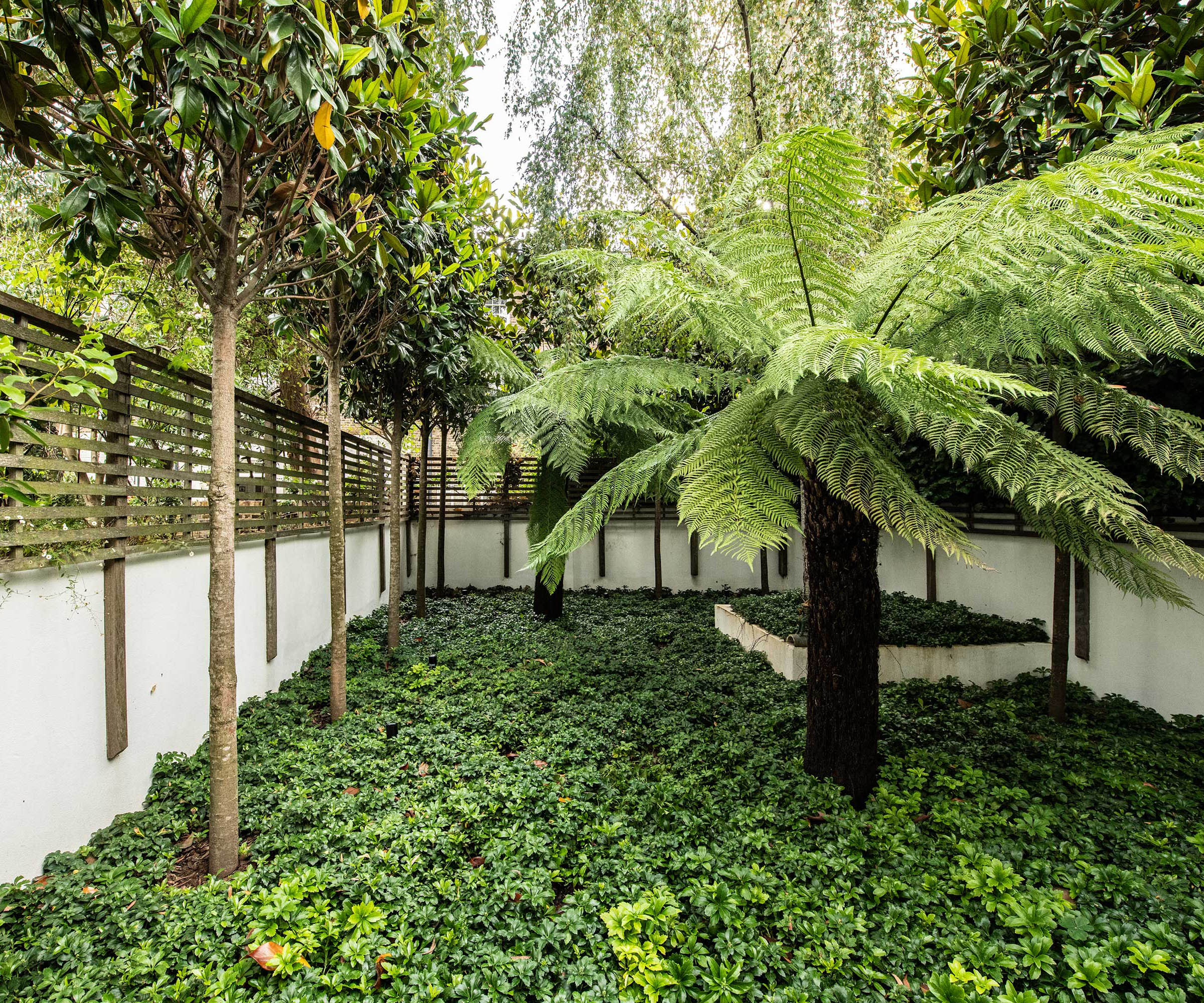
Japanese spurge, or Pachysandra terminalis, is highly valued by designers and landscapers as one of the easiest ground cover plants to grow. While resilient, however, this evergreen ground cover is considered invasive in certain US states, so it is always best to check if it is suitable for your region before planting.
I have grown and cared for Japanese spurge in several gardens where I have worked, and if you are looking for a low-maintenance species that will carpet borders in greenery, this is the plant for you.
Growing best from zone 4 to zone 8, Pachysandra terminalis thrives in partial to full shade. While it can take a year or two to establish, given enough time (and the occasional drink of water), Japanese spurge will fill challenging areas with dense foliage. It also produces small white blooms in late spring, although the reliable evergreen foliage is the real reason to add this to your yard.
Japanese spurge bare-root plants are available from Amazon.
3. Blue fescue
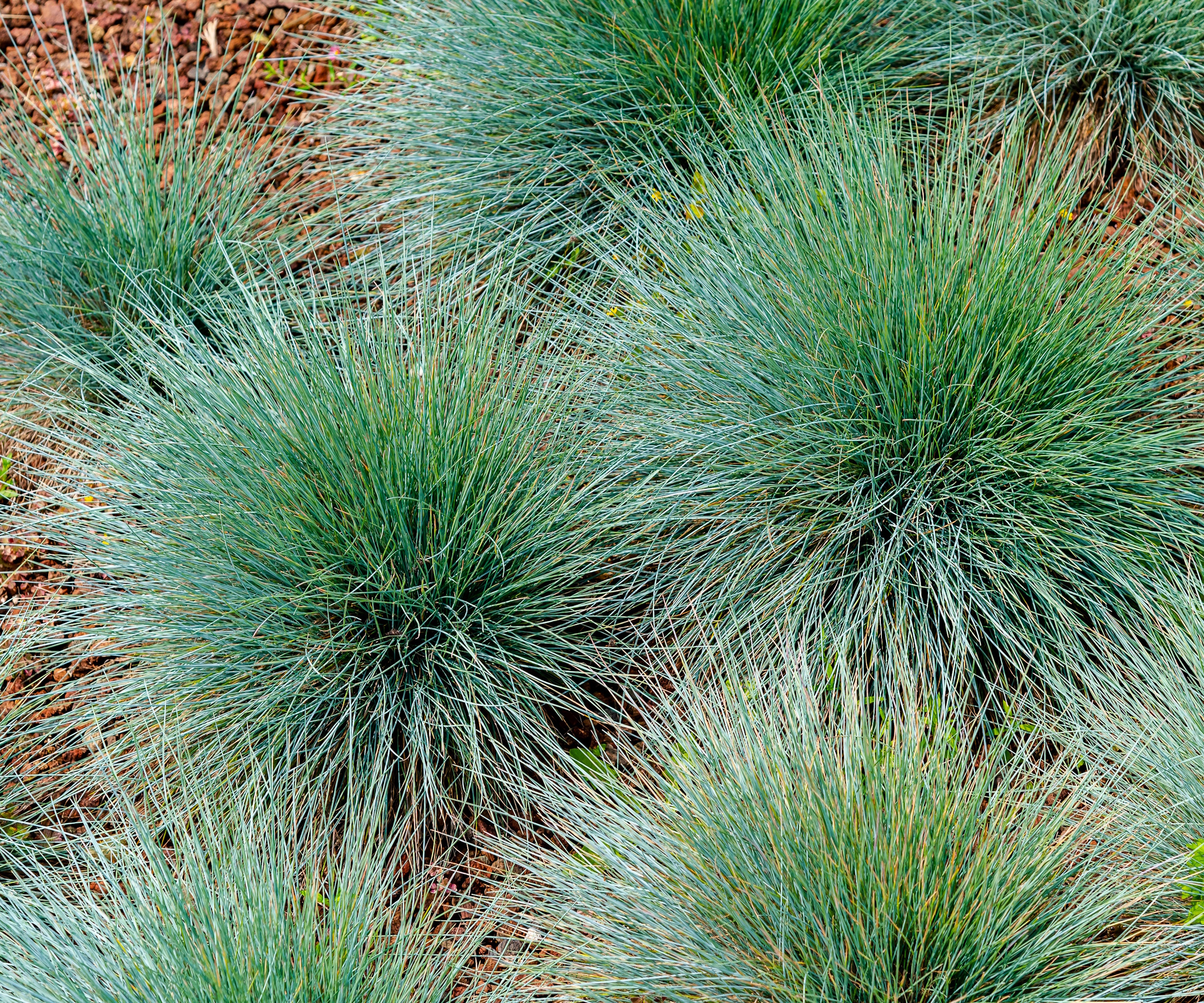
Another easy-to-grow ground cover plant is blue fescue grass, Festuca glauca. Native to Europe, blue fescue is one of the best plants with silver foliage that can be used to great effect as an understory plant. Blue fescue live plants are available from Amazon.
'Blue fescue is a sun worshipper,' says Sam Niemann, garden expert and founder of Grown by Design, a boutique landscape design firm based in San Diego. 'Plant in borders that are open and bright. The more sunshine blue fescue receives, the bluer it will appear.
'It can be grown from zone 4 to zone 10,' Sam adds, 'and is tolerant of dry soil. Blue fescue looks particularly impressive lining gravel paths or patio areas and is low-growing, reaching no taller than 12 inches, so won't get in your way.'
For a native alternative, try growing Festuca californica, otherwise known as the California fescue. Less hardy than the European species, California fescue can grow from zone 7 plus and will do well in warmer, sunny regions.
This attractive wooden and metal garden trowel is heavy-duty and will help you when planting ground cover species in your yard.
Growing blue fescue grasses from seed is a cost-effective way to fill your borders with attractive silver-gray plants this year.
These stylish gloves are both colorful and durable, made to protect your hands when planting and weeding in the backyard.
4. Rosemary
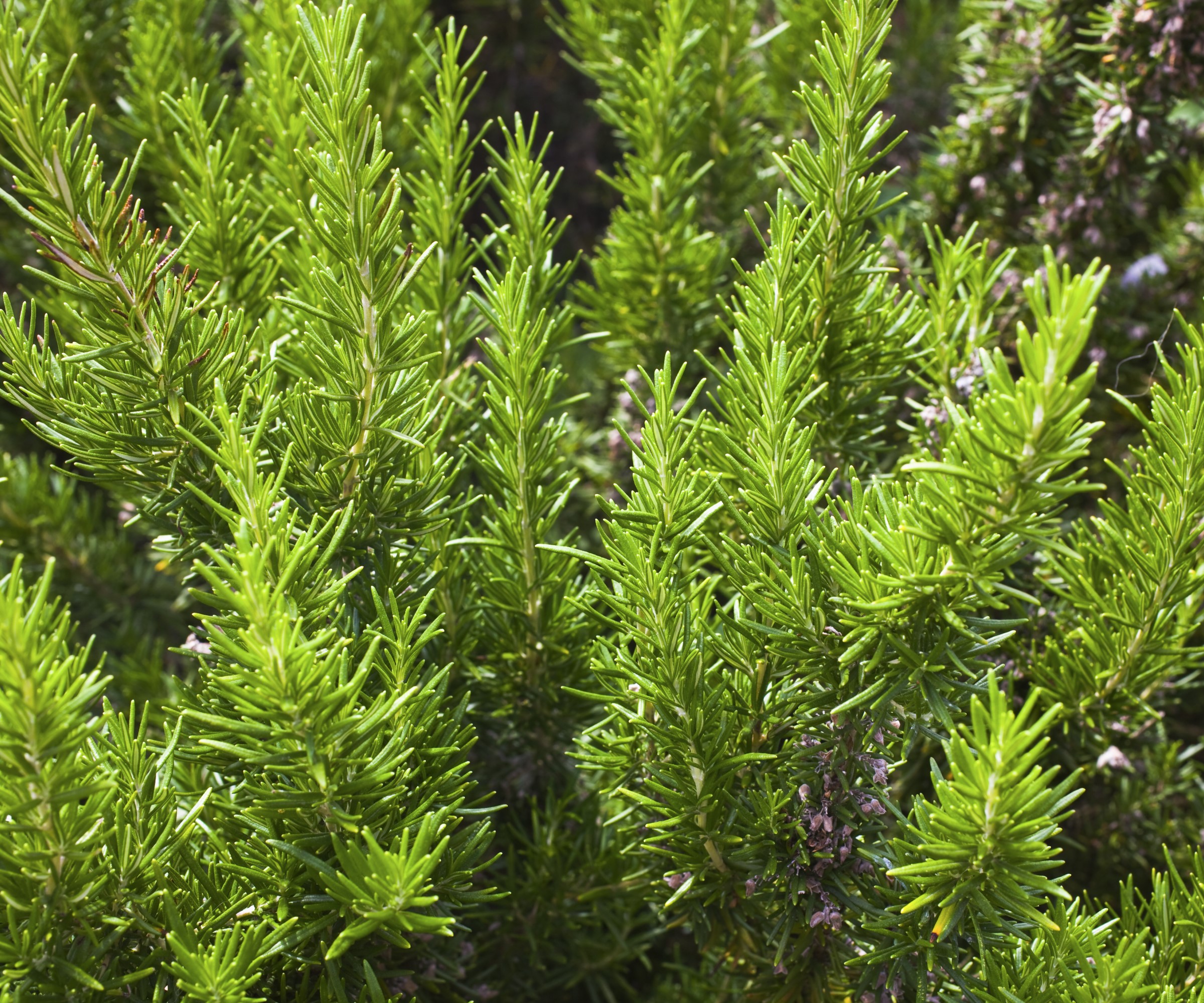
If you are a fan of aromatic herbs, learning how to grow rosemary as a ground cover is a good idea. While most varieties could be grown as ground covers, the prostrate rosemary, or Rosmarinus officinalis 'Prostratus', has been bred to creep and crawl.
When working as a gardener in Tuscany, we grew this form of rosemary along the edge of borders where it would cascade over retaining stone walls. With evergreen, fragrant foliage and delicate lilac blooms that pollinators adore, rosemary is a sensory and functional addition to any plot.
Growing best from zone 7 to zone 10, rosemary plants are remarkably drought-tolerant, but deep watering is advised in the first year to help them establish. Once settled, they won't require much attention, other than an annual trim in summer to prevent leggy or woody growth.
Prostrate rosemary live plants are available from Amazon.
5. Lingonberry
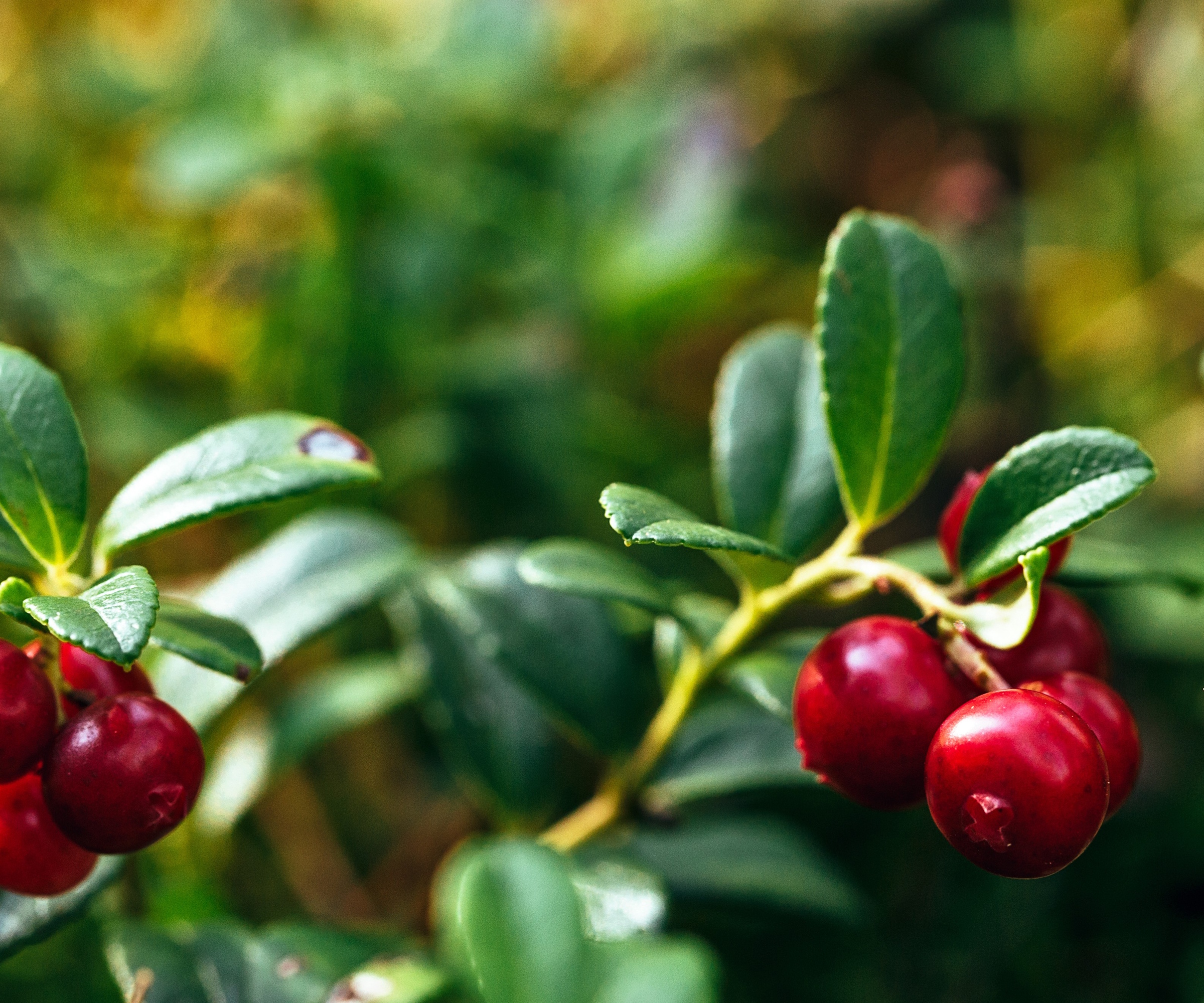
Native to boreal forests and alpine regions across the Northern Hemisphere, lingonberries - or Vaccinum vitas-idaea - are unusual ground cover plants that are surprisingly low-maintenance. Growing from zone 3 plus, lingonberry shrubs can handle frozen winters and heavy snowfall without worry.
'If you want edible evergreen ground cover plants, consider adding lingonberry to your borders,' says Tabar Gifford, plant expert and American Meadows master gardener.
'This native plant will reach a height of one to two feet,' Tabar adds, 'and you don't need to worry about the cold - in the wild, you'll find them growing in Greenland and Alaska. Snow and ice won't phase this plant. For the best results, plant them in damp, slightly acidic soils.
'From summer, red berries will develop that tend to be popular with birds and other wildlife,' Tabar adds. 'They can be used in juices or jams, with a taste somewhere between cranberry and a blueberry.'
Lingonberry starter plants are available from Amazon.
FAQs
What is a low-maintenance native ground cover to grow?
Creeping juniper, or Juniperus horizontalis, is one of the easiest ground cover plants that is native to North America. This hardy evergreen can grow down to zone 4, carpeting borders with lush, coniferous foliage. It can thrive in most locations, growing well even in poor or rocky soils. Plant in an open site with at least four hours of sun each day. Creeping juniper live plants are available to order online via Amazon.
When is a good time to plant ground covers in the yard?
This will depend on your climate and the ground cover species. However, most ground covers respond well if planted in spring, when the soil is moist and the temperature is mild. Planting early in the year also provides the maximum amount of time for the plant to establish before winter returns.
If deer are regular visitors to your yard, it is a good idea to use deer-resistant plants, especially when choosing low-growing ground covers that are easily accessible for pests. Creeping juniper or lingonberries are two good options that deer tend to avoid, but your local plant nursery should offer more native species that are pest-resistant too.
For more low-maintenance inspiration, see our guide to some of the easiest perennials to grow. Adding one or two of these species is a low-effort way to enjoy masses of colorful blooms this year.







